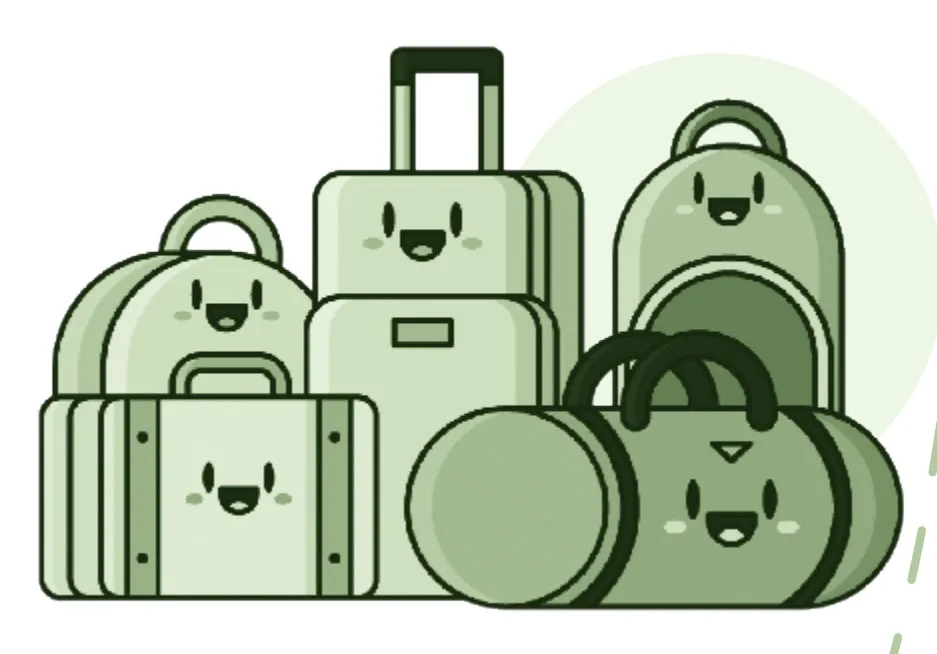Your Luggage’s Secret Path at the Airport
2018-02-06ByMattBarrett
⊙ By Matt Barrett
翻译:丁一
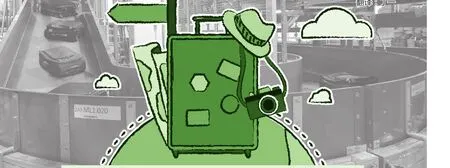
在出发地把行李交给航空公司,轻轻松松地上飞机,到了目的地机场,在传送带上取下行李——一切似乎都理所当然,再简单不过了。可你知道吗?你的托运行李的经历可比你的旅程复杂得多了。不信吗?这期且听小编来“科普”一下吧!
听力难度

英式发音 适合精听
语速:135词/分钟
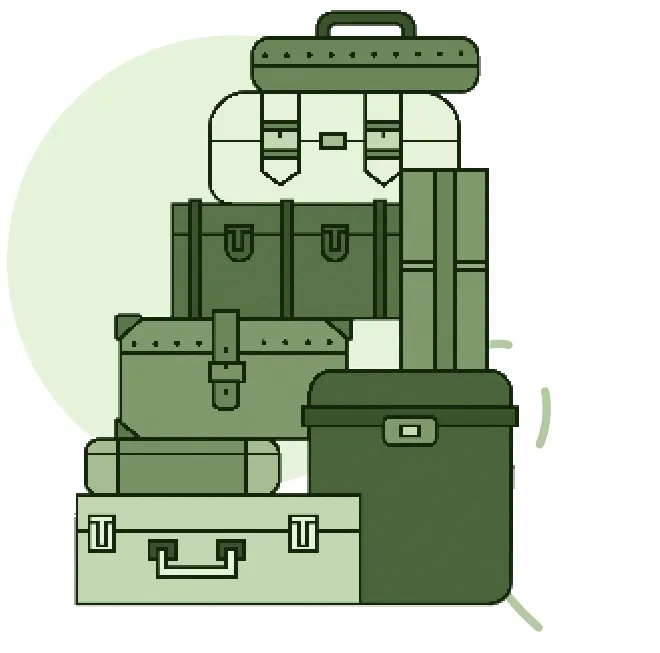
Flight, ready for take-off. There’s also the small matter of up to eight tons of baggage that flies with us on the biggest jets. We don’t even think about it. We drop our bag at the check-in and just expect it tomaterialize[现身]at the other end. Most of us have never even considered the vast machines, unseen workers, and complex networks needed to move our luggage from A to B.
Dubai Airport handles more international passengers than any other. In just three hours of the morning peak, they process around 50,000 bags. Annually, the airport handles astaggering[令人震惊的]57 million items, and it’s all got to bewhisked[快速移动]through the airport. Every last one of them has to get to the right plane at exactly the right time.
But, no matter where you are in the world, everysuitcase[行李箱]has to have one of these, thehumble[不起眼的]baggagetag[标签]. It might not seem like much, but this tag is your bag’s passport. Some of it is easy todecipher[解读]:passenger name and 3-digit destination airport code[代码]. But,the really important thing is the 10-digit number printed on every bag tag. The first digit identifies the bag type andpriority[优先]level. The next three, the airline it’s flying with, and the final six are your bag’s unique ID code. This simplebar code[条形码]determines exactly what happens to your suitcase after check-in. It’s about toembark[开始]on a journey of up to 85 miles to reach your plane.

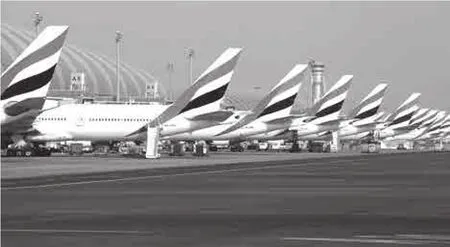
Eighty feet beneath the airport lies a bizarre[奇特的]subterranean[地下的]world, a hidden high-speed railway network.With a construction cost of around $700 million, this is the world’s biggest luggage system, and not a baggage-handler insight[视野].
After check-in, your bag slides into a yellowtray[盘]. Each one has a uniqueradio-frequency[无线电频率]chip ID, and the computertracks[追踪]which bag has landed in which tray.
Graham Pollack (Manager): So, when the tray is on the track system, we have RF ID readers. Those readers will take the information from the tray and it will send a message to our baggage control room. It will also tell the baggage system in which direction that tray should go to [sic]. We can track 100%of your bags. We track the trays as they go ’round the system so we’ll be able to identify exactly where that tray is and make sure it ends up at the correct location at the correct time.
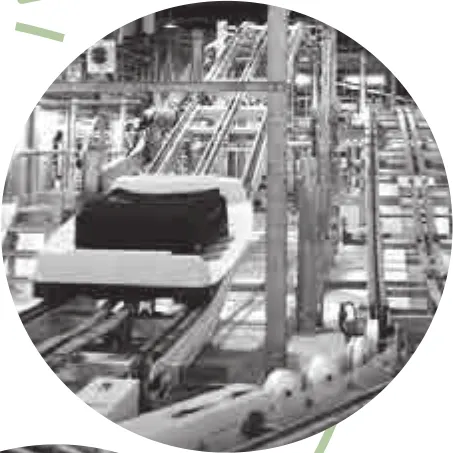
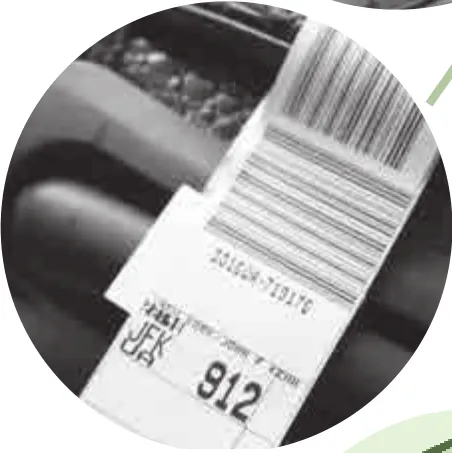
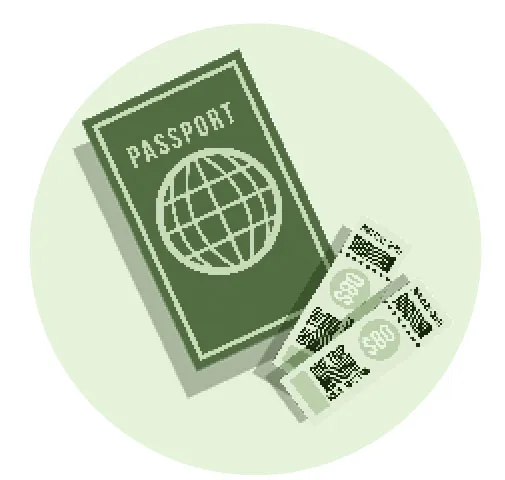
The computerized brain of the luggage system knows exactly where every bag is going within this huge network,and it’llplot[计划]every inch of its journey to your plane. If your flight’s leaving within an hour, the computer sends your bag straight to the loading area. But, for those of us who like to arrive early, our bags end up here, the early-baggage storage[储存]system.
Graham: The bag will be stored on the tray within the racking[行李架]system. When the system identifies that that flight is ready to leave, it will take that bag from the system using a mechanical arm andinject[投入]it into the main system.
But, despite all this technology, for the final few feet up to the plane, it’s back to good old-fashioned muscle power.Without theseautomated[自动的]baggage systems, large airports couldn’t hope to deal with their share of the three-and-a-half billion pieces of luggage we fly with annually.
Every last one of them has to get to the right plane at exactly the right time.
这句话中的every last one of常常让中国学生困惑不已:every one就是every one,last one就是last one,every last one放在一起是怎么回事儿呢?原来last在作形容词时,有一个我们平常不太熟悉的意思,作“每一个的”解,起强调作用。它可以单独使用(千万别作“最后的”理解哦),也可以在前面加上every,起双重强调的作用,如:
● I knew the last details of his wedding.
(他婚礼的每一个细节我都很清楚。)● Every last one of them failed the
exam.(他们所有人都考砸了。)
参考译文
航班准备起飞了。另外还有一件微不足道的小事,那就是总重量可达八吨的行李与我们一同登上最大的喷气式飞机——这事儿我们连想也不去想。我们在值机柜台放下行李,便期待它自然而然地出现在目的地,大多数人从没想过需要动用巨型机器、大家看不见的工作人员,以及复杂的网络系统,才能把行李从甲地送到乙地。
迪拜机场服务的国际乘客数量冠绝全球。仅仅在早上三小时的高峰期里,他们就要处理大约五万件行李。迪拜机场每年要处理的行李数量惊人,多达5700万件。它们必须在机场内快速移动,每件行李都要分秒不差地装上它所属的飞机。
但不论你在世界的哪个角落,每件托运行李都必须附上这个东西——不起眼的行李牌。它看似无足轻重,实际上却是行李的护照。上面的内容有些还是很容易看懂的,比如:乘客名字,以及三个字母的目的地代码,但真正重要的是每个行李牌上的十位数代码,其中第一个数字代表行李种类及优先级别,后面的三个数字代表航空公司,最后六个数字则是每件行李的独有代码。这个简单的条码决定了行李托运后的去向。它将展开一次距离可能长达85英里(约137公里)的旅程,最终到达你乘坐的航班。
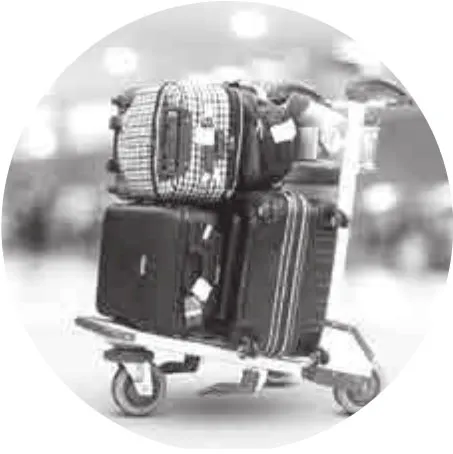
在机场地下80英尺(约24.4米)处有个神奇的世界——一个隐藏的高速轨道网络。这个造价七亿美元(约合人民币46.4亿元)的机器是世界上最庞大的行李处理系统,而在这里,你看不见一名处理行李的工作人员。
办理好托运手续后,行李便被放入一个黄色托盘里。每个托盘都有一个独一无二的无线射频晶片,电脑会追踪行李在哪个托盘里。
格雷厄姆·波拉克(主管):就这样,托盘进入追踪系统后,我们会使用无线射频辨识阅读器,阅读器从托盘里读取资料后,将它传到行李处理控制室。它也向处理系统发出托盘该往哪里去的指令。我们可以追踪每一件行李。行李在系统内传输时,我们会一路追踪行李的去向,从而得知托盘的准确位置,以确保它在合适的时间到达合适的地点。
控制行李处理系统的电脑知道每件行李在这个巨大网络中的准确走向,并且会一直规划行李的每一步,直至它上了飞机为止。如果你乘坐的航班将在一个小时内起飞,电脑便会将你的行李直接送到卸载区。但有些乘客喜欢提早到机场,那他们的行李就会被送到这里——早到行李储存系统。
格雷厄姆:行李会储存在行李架里的盘内。当系统识别出它所属的航班开始准备起飞了,系统就会用机械臂从行李架取出行李,放到主系统内。
尽管有高科技助力,但把行李送上飞机那短短的几米,还是要靠人工完成。倘若没有自动行李处理系统,大型机场可别妄想能每年妥善处理35亿件托运行李。
